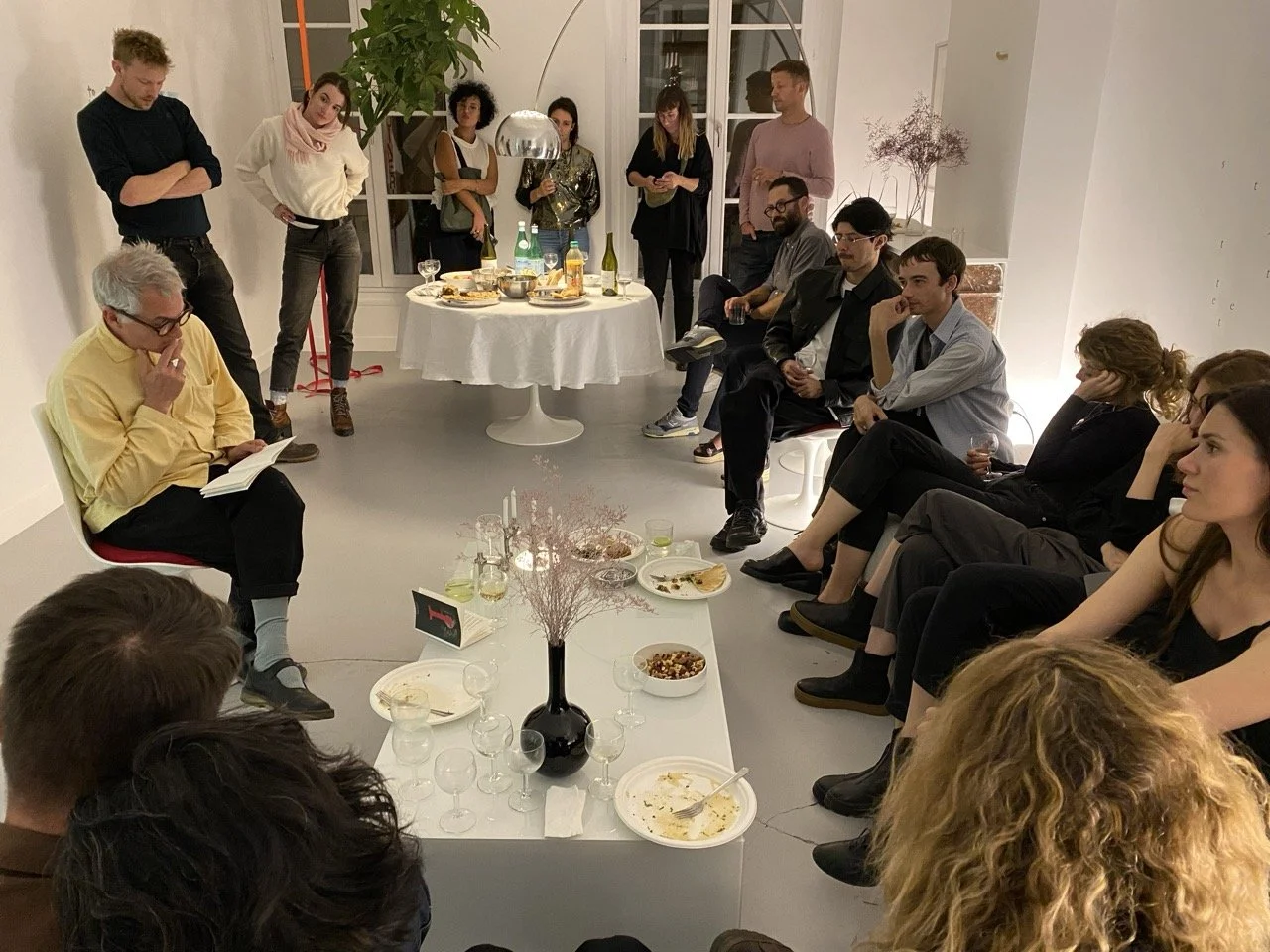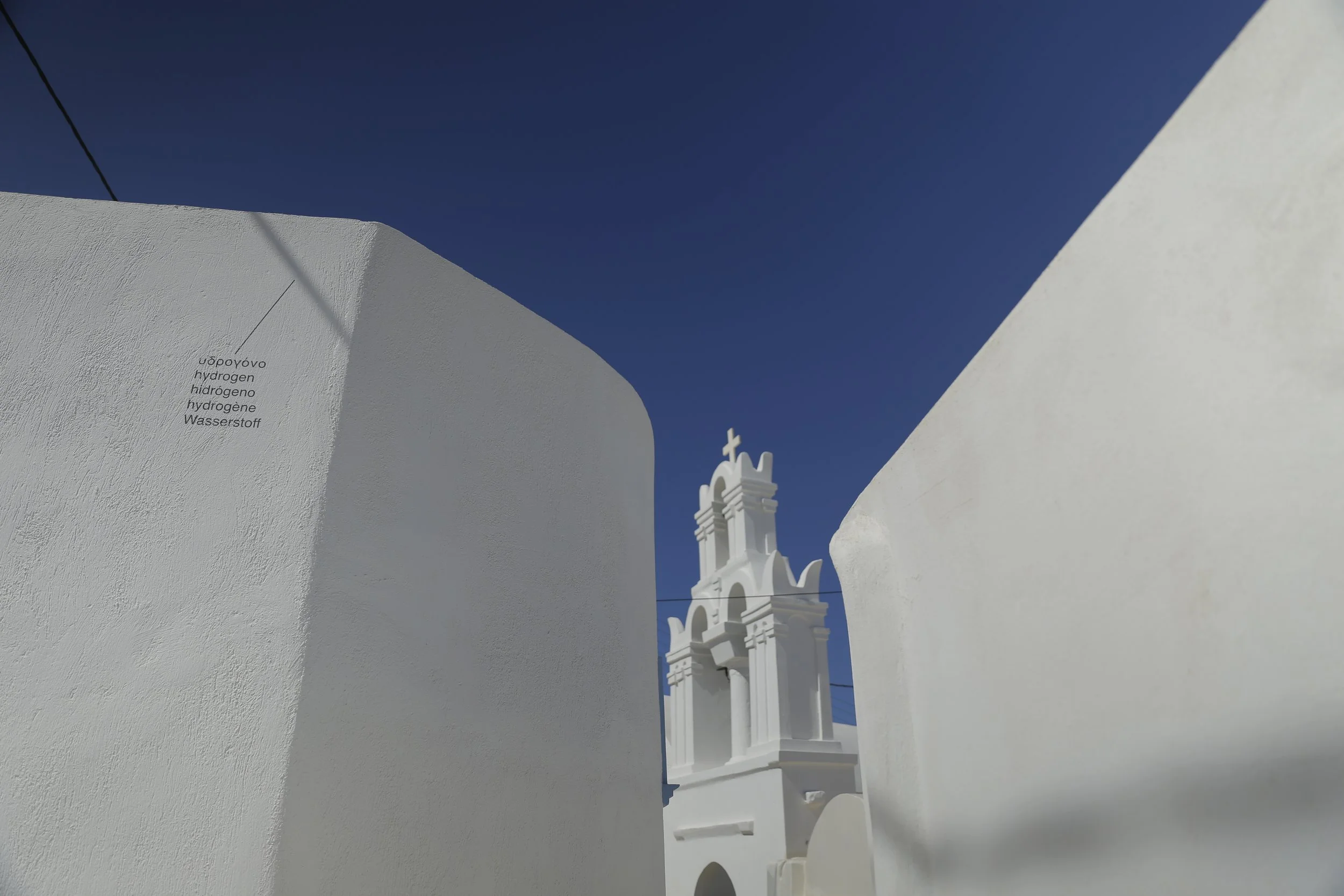A&M Live Conversations: Piergiorgio Pepe on Art Collecting and Ethical Relationships
Kerenidis Pepe Collection, Phenomenon, and Ethics of Collecting
Ian Tee and Piergiorgio Pepe.
Key points:
Beyond acquisition, getting involved as a collector could mean maintaining long-term relationships with artists based on friendship and mutual respect.
Ethical engagement with a locality takes time, commitment, and sensitivity.
In the absence of enforceable legislation, adopting ethical practices is a shared responsibility.
Painful conversations are necessary in the process towards positive change.
On 14 August 2025, we organised an evening conversation between Piergiorgio Pepe, Co-Founder, Kerenidis Pepe Collection, and Ian Tee, Editor, Art & Market. They explored some of the ethical questions that contemporary art collectors faced, and potential pathways for them to strive as positive agents in the art world. At the event, they discussed some of the possible ways of collecting with social responsibility, and how to support the ecosystem while doing so.
Here are the key takeaways from the talk:
Reading by Jason Dodge, 2024. Photo by Kerenidis Pepe Collection.
Beyond acquisition, getting involved as a collector could mean maintaining long-term relationships with artists based on friendship and mutual respect. For the Kerenidis Pepe (K.P.) Collection, such “entanglements” are meaningful ways of contextualising the collection and challenging their personal biases. They have also supported writers by organising readings and book launches, as well as translating texts for local audiences. The K.P. Collection Workroom in Paris is a project space that has hosted visiting artists, events, and exhibitions since 2022.
Ignasi Aballi, A Possible Landscape (Anafi Version), 2017, site specific work presented at Phenomenon 2. Photo by A. Masmanidi.
Ethical engagement with a locality takes time, commitment, and sensitivity. Piergiorgio shared his experiences and intentions behind Phenomenon, a biennial project for contemporary art on the Aegean island of Anafi that has been organised since 2015. Extensive research and consent of Anafi’s residents are gathered prior to the launch of Phenomenon, ensuring that the project is non-extractive and mutually beneficial. Gestures such as learning the local language to communicate in person allows for deeper interactions and understanding.
Cartoon by Pablo Helguera, commissioned by Ethics of Collecting
In the absence of enforceable legislation, adopting ethical practices is a shared responsibility. The lack of regulations in the global art market has created loopholes for exploitative behaviours, some of which could be considered criminal in other industries. Ethics of Collecting is positioned as a code of conduct that relies on peer-to-peer accountability. There is also a need to rethink patronage and the power imbalance it implies, to propose a healthier and more equitable relationship with artists and art workers. Rather than an endpoint, the code is a catalyst for further discussions and advocacy.
Cartoon by Pablo Helguera, commissioned by Ethics of Collecting.
Uncomfortable conversations are necessary in the process towards positive change. During the Q&A session, audience members brought up artist resale rights as well contractual obligations tied to the sale of artworks, which remain sticking points that require the agreement of all players in the ecosystem. Piergiorgio noted that an updated version of the code will need to consider more perspectives, particularly from Asia and Africa. Collective thinking is needed to work through questions such as the environmental impact of collecting, tokenism, and divestment.
We thank Piergiorgio Pepe for his time and generous sharing, Art Agenda for hosting the event, and to all the guests in attendance for the engaging discussion. For more information about the Ethics of Collecting, click here.
If you would like to attend future A&M events, please sign up for our e-newsletter here, or follow us on Instagram!





